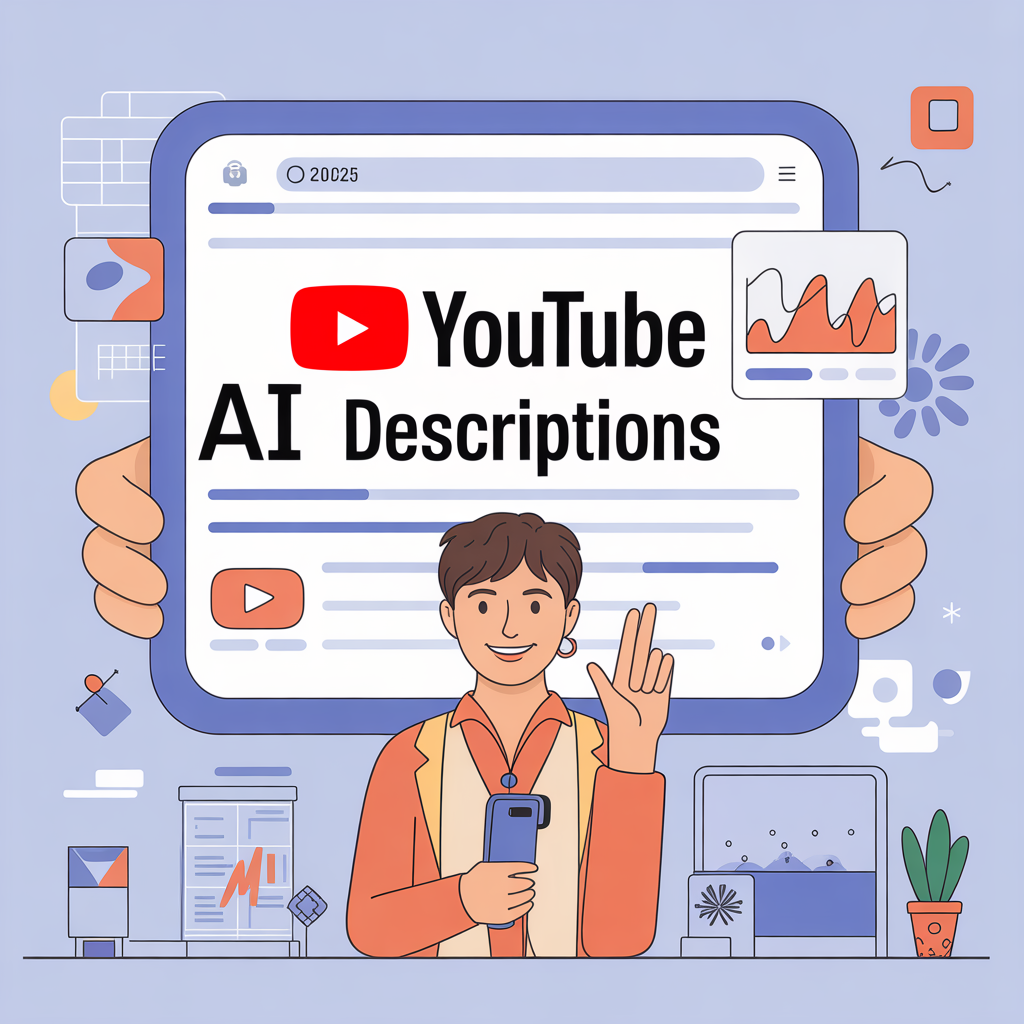Great content doesn’t happen by chance — it’s the result of smart planning and organization.
Without a clear system, even the most creative ideas get lost in chaos. That’s why successful brands and creators rely on content planning to stay consistent, strategic, and impactful.
In this blog, you’ll learn how to build a complete content plan and publishing calendar — so you always know what to post, when to post, and why it matters.
🧠 What is Content Planning?
Content planning is the process of strategically organizing your ideas, topics, and publishing schedule to achieve specific goals — like traffic growth, engagement, or lead generation.
It ensures that:
- Every post aligns with your brand’s message
- You stay consistent across all platforms
- You never run out of content ideas
In short — content planning turns creativity into a system.
🧩 Why a Content Plan is Essential
- 🎯 Consistency – Keeps your audience engaged with regular updates
- 🕒 Time Management – Saves hours by organizing topics in advance
- 💡 Clarity – Ensures your team knows what’s being published and when
- 📈 Performance Tracking – Makes it easy to measure what works
- 🧱 Scalability – Helps you grow smoothly as your brand expands
⚙️ Step-by-Step: How to Build a Content Plan
Step 1: Define Your Goals
Every content plan starts with clear objectives. Ask yourself:
- Do I want to increase website traffic?
- Am I trying to grow followers or sales?
- Do I want to build brand awareness?
🎯 Example Goal:
“Generate 100 new website visits weekly through SEO blog posts.”
Step 2: Identify Your Target Audience
Know who you’re talking to.
Define your audience by:
- Age, gender, and location
- Interests and challenges
- Platforms they use most (Instagram, LinkedIn, YouTube, etc.)
💡 Example:
If you sell sportswear, your audience might be fitness lovers aged 18–35 who follow fitness influencers and prefer Instagram or TikTok.
Step 3: Brainstorm Content Ideas
Now list all possible topics and formats.
Use AI tools like ChatGPT or AnswerThePublic to discover trending questions.
Example prompt for ChatGPT:
“Give me 20 content ideas for a sportswear brand targeting young athletes.”
Group ideas under categories such as:
- Tutorials
- Motivational posts
- Product highlights
- Behind-the-scenes
- Customer stories
Step 4: Choose Your Content Formats
Select formats that suit your goals and audience:
- 📄 Blog posts
- 🎥 Reels / Short videos
- 📸 Infographics or carousels
- 📧 Newsletters
- 🎙️ Podcasts
💬 Tip: Always repurpose — a single blog can turn into 3–5 social media posts.
Step 5: Create a Monthly Content Calendar
Your content calendar is the backbone of your planning system.
It shows what content will go live and when.
Here’s a simple structure 👇
| Date | Platform | Topic/Title | Content Type | Status | Keywords/Hashtags |
|---|---|---|---|---|---|
| Oct 24 | “Behind the Scenes: Our New Hoodie Line” | Reel | Draft | #Sportswear #BTS | |
| Oct 25 | Blog | “5 Benefits of Recycled Fabrics in Sportswear” | Blog | Scheduled | eco-friendly sportswear |
📅 Use tools like:
- Google Sheets (simple and free)
- Notion / Trello (for visual planning)
- Later / Buffer / Hootsuite (for scheduling posts)
Step 6: Set a Content Workflow
Assign roles or stages to streamline the process:
- Ideation → Brainstorming new topics
- Creation → Writing, designing, or recording
- Editing → Proofreading and visual polishing
- Approval → Manager or client review
- Publishing → Uploading and scheduling
💡 Tip: Use color codes or task labels to track progress.
Step 7: Track Performance & Improve
After posting, analyze results using insights or analytics tools.
Check metrics like:
- Reach & engagement
- Clicks & conversions
- Comments & shares
Use these insights to update your strategy and focus on top-performing content next month.
🧰 Best Tools for Content Planning
| Tool | Use | Highlights |
|---|---|---|
| Notion | Full workflow & calendar | Free templates + AI integration |
| Trello | Visual planning | Drag-and-drop boards |
| Google Sheets | Simple tracking | Customizable columns |
| Later / Buffer | Social scheduling | Multi-platform posting |
| Canva | Content design | Templates for posts, stories, and calendars |
🧭 Pro Tips for Effective Content Planning
✅ Plan 4–6 weeks in advance
✅ Leave space for trending or seasonal posts
✅ Assign deadlines for each task
✅ Review analytics weekly
✅ Recycle high-performing posts
🏁 Conclusion
Content planning bridges the gap between ideas and execution.
By building a structured publishing calendar, you’ll stay consistent, creative, and always ready with the next great post.
Whether you’re a solo creator or a full marketing team — a smart plan turns content chaos into content clarity.

